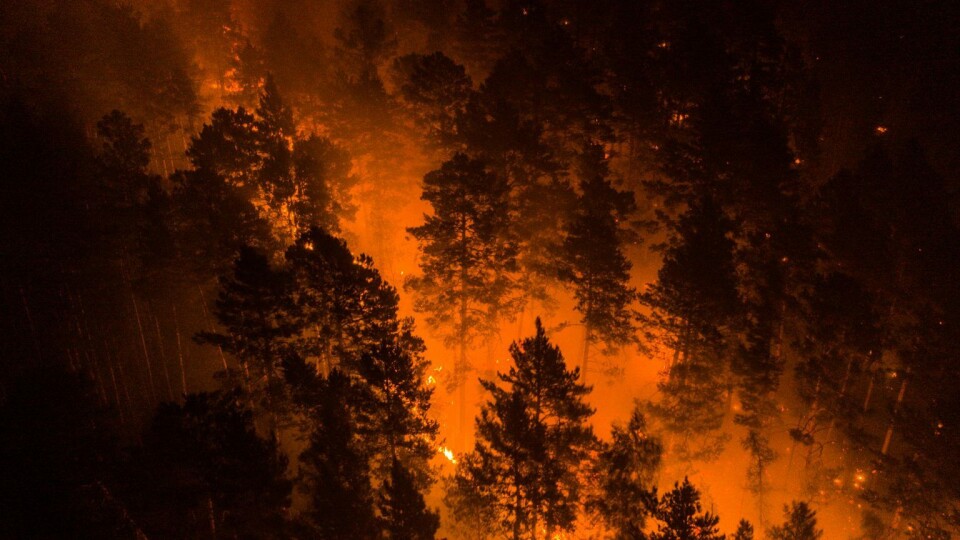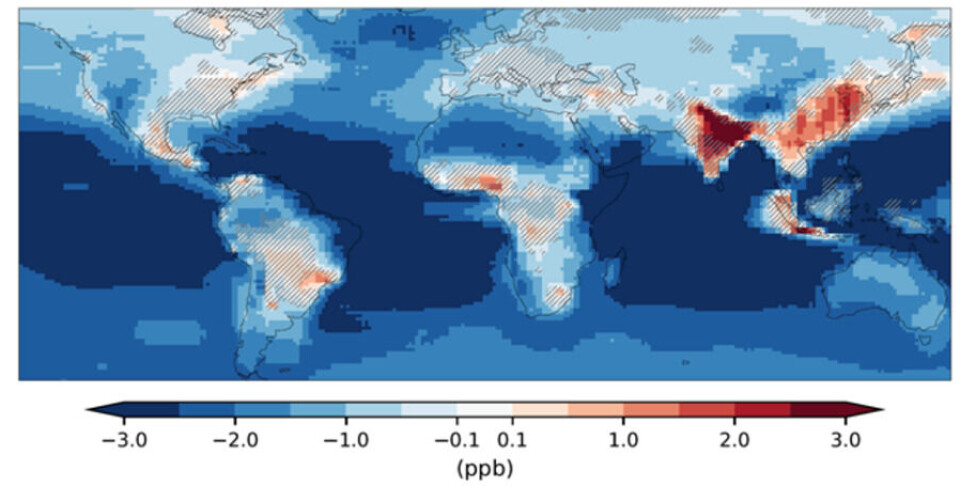
Air pollution expected to increase as climate warms, says WMO
A global increase in heatwaves, and the associated environmental conditions giving rise to longer and more intense wildfires, could negatively affect air quality and pollution levels in the decades ahead, the World Meteorological Organization (WMO) said on Wednesday in its Air Quality and Climate Bulletin.
“As the globe warms, wildfires and associated air pollution are expected to increase, even under a low emissions scenario,” WMO Secretary-General Petteri Taalas said in a statement. “In addition to human health impacts, this will also affect ecosystems as air pollutants settle from the atmosphere to Earth’s surface.”
“We have seen this in the heatwaves in Europe and China this year when stable high atmospheric conditions, sunlight and low wind speeds were conducive to high pollution levels. This is a foretaste of the future because we expect a further increase in the frequency, intensity and duration of heatwaves, which could lead to even worse air quality, a phenomenon known as the “climate penalty,” he said.
The WMO Air Quality and Climate Bulletin comes out once a year and looks at air quality and how it links with changes in climate.
The 2022 edition focus on wildfires and the effects of wildfire smoke.
Northern wildfires
Several regions of the world, including northern Canada and Russian Siberia, logged intense wildfire activity in 2021 that was linked with hot dry conditions.
In 2021, the Copernicus Atmosphere Monitoring Service (CAMS) reported that fire activity in Yakutia since mid-June of that year had been significantly higher than the 2003–2020 average.
Smoke from the Siberian fires travelled across eastern Russia to the Pacific Ocean.
Canada’s Northwest Territories reported more wildfires as of July 2022 than they had in all of the 2021.

The neighbouring Yukon territory also reported that the total burned area of its 2022 wildfire season surpassed its 25-year average.
“Intense wildfires generated anomalously high PM2.5 (particulate matter with a diameter of 2.5 micrometers or smaller)concentrations in Siberia and Canada in July and August 2021,” the WMO report said.
“PM2.5 concentrations in eastern Siberia reached levels not observed before, despite a continuous increase in wildfires in previous years driven mainly by increasingly high temperatures and dry soil conditions.”
“At the global scale, observations of the annual total burned area show a downward trend over the last two decades as a result of decreasing numbers of fires in savannas and grasslands (2021 WMO Aerosol Bulletin ),” the WMO said in a news release.

“However, at continental scales, some regions are experiencing increasing trends, including parts of western North America, the Amazon and Australia.”
Lowered emissions would help
The WMO renewed calls to respect the Paris climate agreement saying in addition to halting global temperature increase, it will also help halt contributions to degrading air quality.
“A future world that follows a low-carbon emissions scenario would also benefit from reduced deposition of nitrogen and sulfur compounds from the atmosphere to the Earth’s surface, where they can damage ecosystems,” the WMO said.
“The response of air quality and ecosystem health to proposed future emissions reductions will be monitored by WMO stations around the world, which can quantify the efficacy of the policies designed to limit climate change and improve air quality.”
This story is posted on the Barents Observer as part of Eye on the Arctic, a collaborative partnership between public and private circumpolar media organizations.















